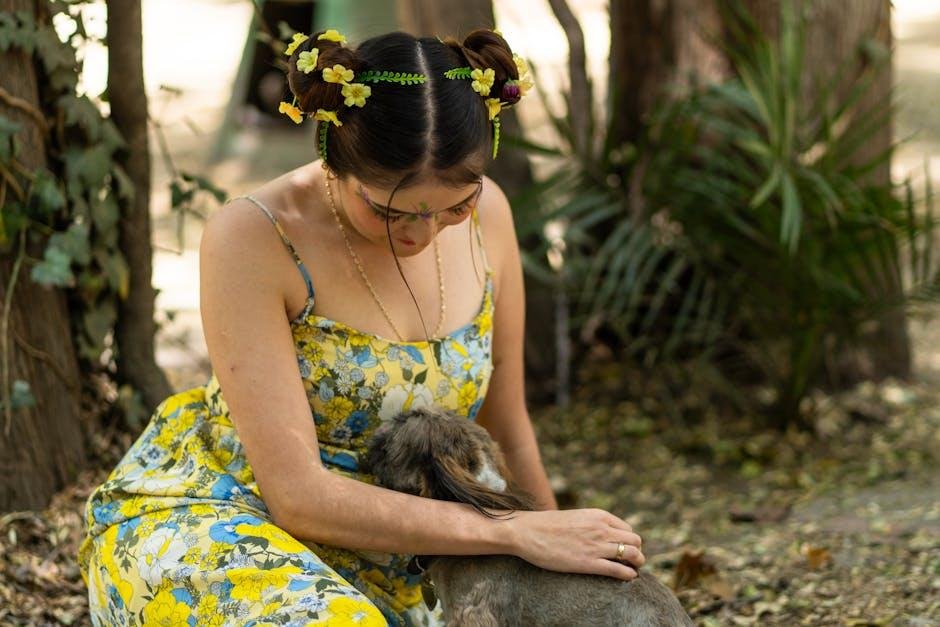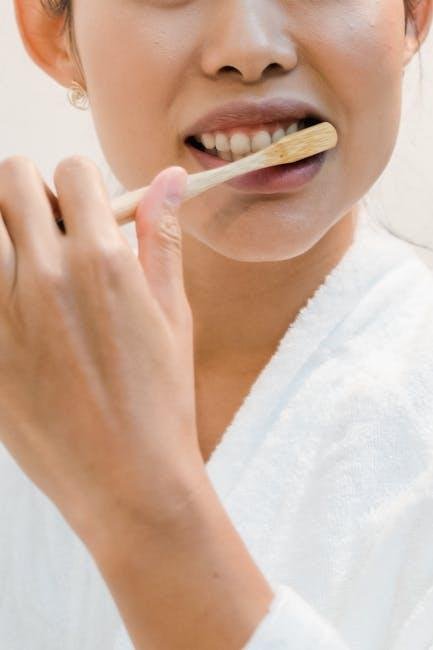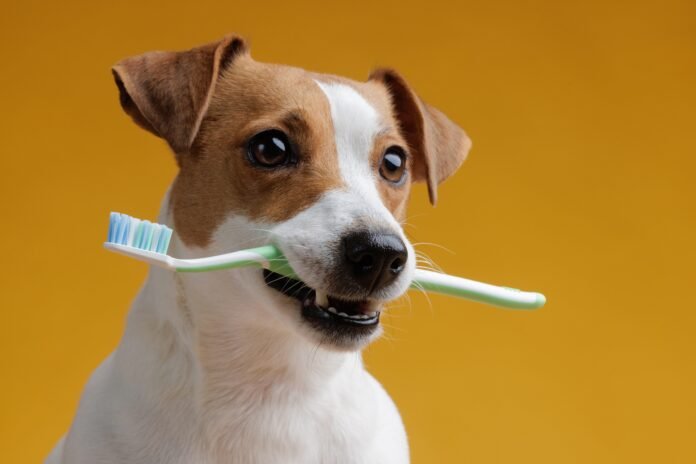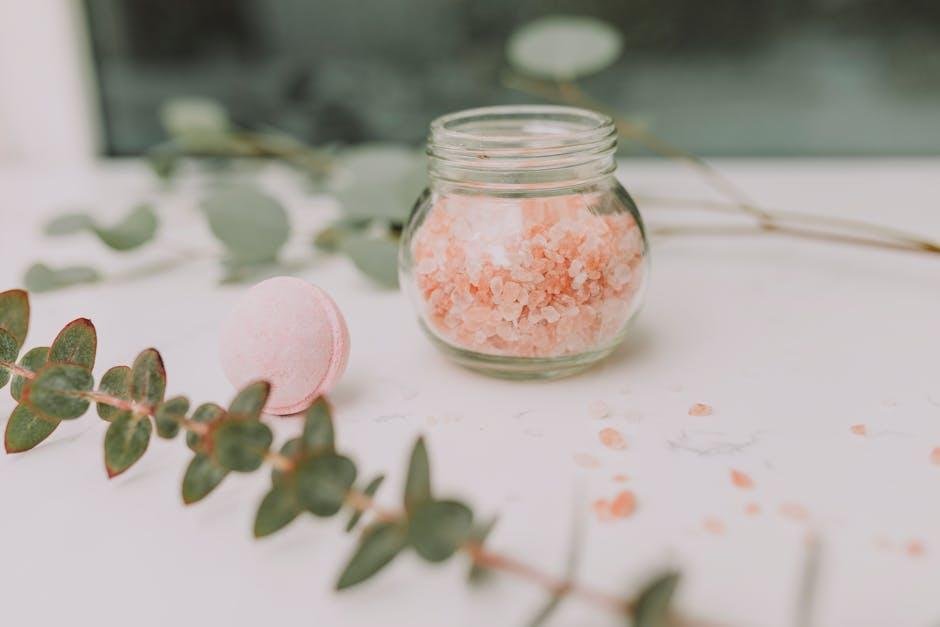Keeping your dog’s teeth clean is an essential part of their overall health and well-being, yet its a task that frequently enough gets overlooked. Just like humans, dogs can suffer from dental issues, which can lead to discomfort, infections, and even more serious health problems if left untreated. However, maintaining your furry friend’s oral hygiene doesn’t have to be a daunting task addressed only by the veterinarian. With a little patience, the right tools, and some creative techniques, you can make brushing your dog’s teeth at home a manageable and even enjoyable experience. In this article, we’ll guide you through the simple steps to ensure your pup has a shining smile and healthy gums, all in the comfort of your own living room. So grab your toothbrush and let’s embark on this dental adventure together!
Preparing Your Dog for a Dental Routine
establishing a dental routine for your dog starts with making the experience enjoyable and stress-free. Before you even think about brushing, introduce your pup to the tools you’ll be using. Show them the toothbrush and toothpaste, allowing them to sniff and explore them. Reward them with treats and praise to create positive associations. Make the experience part of your daily routine by picking a specific time that suits both you and your dog, gradually conditioning them to expect dental care as a normal activity.
To help your dog become accustomed to having their teeth brushed, consider incorporating the following practices:
- Start Slow: Allow your dog to get used to having their mouth handled by gently lifting their lips and touching their teeth.
- Praise and Reward: Use treats or affection after each brushing session, reinforcing the behavior you want to see.
- Use Dog-Safe Products: Make sure to choose toothpaste that is specifically formulated for dogs, as human toothpaste can be harmful.
- Daily check-Ups: Examine your dog’s teeth and gums regularly, looking for signs of plaque buildup or gum irritation.
Choosing the Right Tools for Effective Teeth Cleaning
When it comes to maintaining your dog’s oral hygiene, using the right tools can make all the difference. Start with a dog-specific toothbrush, designed to fit comfortably in your pet’s mouth. Thes brushes often feature softer bristles to protect sensitive gums and typically come in various sizes to accommodate different breeds. Pair the toothbrush with vet-approved toothpaste specifically formulated for pets, as human toothpaste can be harmful if ingested. Look for flavors that appeal to your dog, such as poultry or beef, to make brushing feel like a treat rather than a chore.
Along with the basics, consider investing in dental chews and water additives as supplementary tools. These can definitely help reduce plaque build-up between brushing sessions. Here’s a fast reference table displaying some effective tools:
| Tool | Purpose |
|---|---|
| Dog Toothbrush | Gently cleans around teeth and gums |
| Pet Toothpaste | Safe for ingestion, helps fight plaque |
| Dental Chews | Reduces plaque and freshens breath |
| water Additives | Supports oral health with every drink |
By gathering these essential items, you’ll be well-equipped for a prosperous teeth-cleaning routine at home. Remember, consistency is key; regular brushing not only keeps your furry friend’s teeth clean but also contributes significantly to their overall health.

Step-by-Step Guide to Brush Your Dog’s Teeth
To start your dental care routine, gather all the necessary supplies. you’ll need dog-specific toothpaste — never use human toothpaste as it can be harmful to pets. A soft-bristled toothbrush designed for dogs, or a finger brush, can also make a critically important difference in comfort during the process. Here’s a quick list of supplies to have on hand:
- Dog Toothpaste – choose a flavor your dog enjoys
- toothbrush – select one that fits in your dog’s mouth comfortably
- Treats – rewards for your pup after brushing
Before you begin brushing, create a positive association with the process. Allow your dog to sniff the toothpaste and get familiar with the toothbrush. Start by gently lifting your dog’s lips and massaging their gums with your finger for a few seconds. Once your pet appears at ease, apply a small amount of toothpaste to the brush and angle it at a 45-degree position, brushing in a circular motion. Focus on the outer surfaces of the teeth, where plaque tends to build up the most. Remember to reward your dog throughout the procedure to encourage them to stay calm and cooperative.
Establishing a regular Dental Care Schedule
Establishing a regular dental care routine for your dog is vital to maintaining their oral health. A routine not only keeps their teeth clean but also prevents potential issues like gum disease and tooth decay. Begin by setting a consistent brushing schedule—aim for at least two to three times a week. This will help your dog become accustomed to the process, making it a more pleasant experience for both of you. It can also be beneficial to incorporate dental treats or toys specifically designed to promote oral hygiene, as these can complement your brushing efforts.
Consider tracking your dog’s dental care schedule using a simple chart. This can help you stay organized and ensure you don’t miss a brushing session. Below is a suggested format for your tracking table, which can easily be replicated:
| Date | Brushing Time | Notes |
|---|---|---|
| Day 1 | morning | Used poultry toothpaste |
| Day 4 | Evening | Dog seemed more relaxed |
| Day 7 | Morning | Added dental chew |
Make sure to reward your dog with praise or a small treat after each session to reinforce positive behavior. Over time, a consistent dental care schedule will not only lead to healthier teeth and gums but can also foster a stronger bond between you and your furry friend.
To Wrap It Up
As we wrap up our guide on brushing your dog’s teeth at home, remember that dental hygiene is an essential part of your pet’s overall health and well-being. Just as we prioritize our own mouthcare, ensuring that our furry friends enjoy the same benefits can lead to happier, healthier lives. With patience, positive reinforcement, and the right tools, your dog may even come to see tooth brushing as a bonding experience rather than a chore. So gather your supplies, take your time, and turn this routine into a regular ritual. With consistent care, you’ll be setting the stage for a smile that shines as brightly as their personality. Happy brushing!



